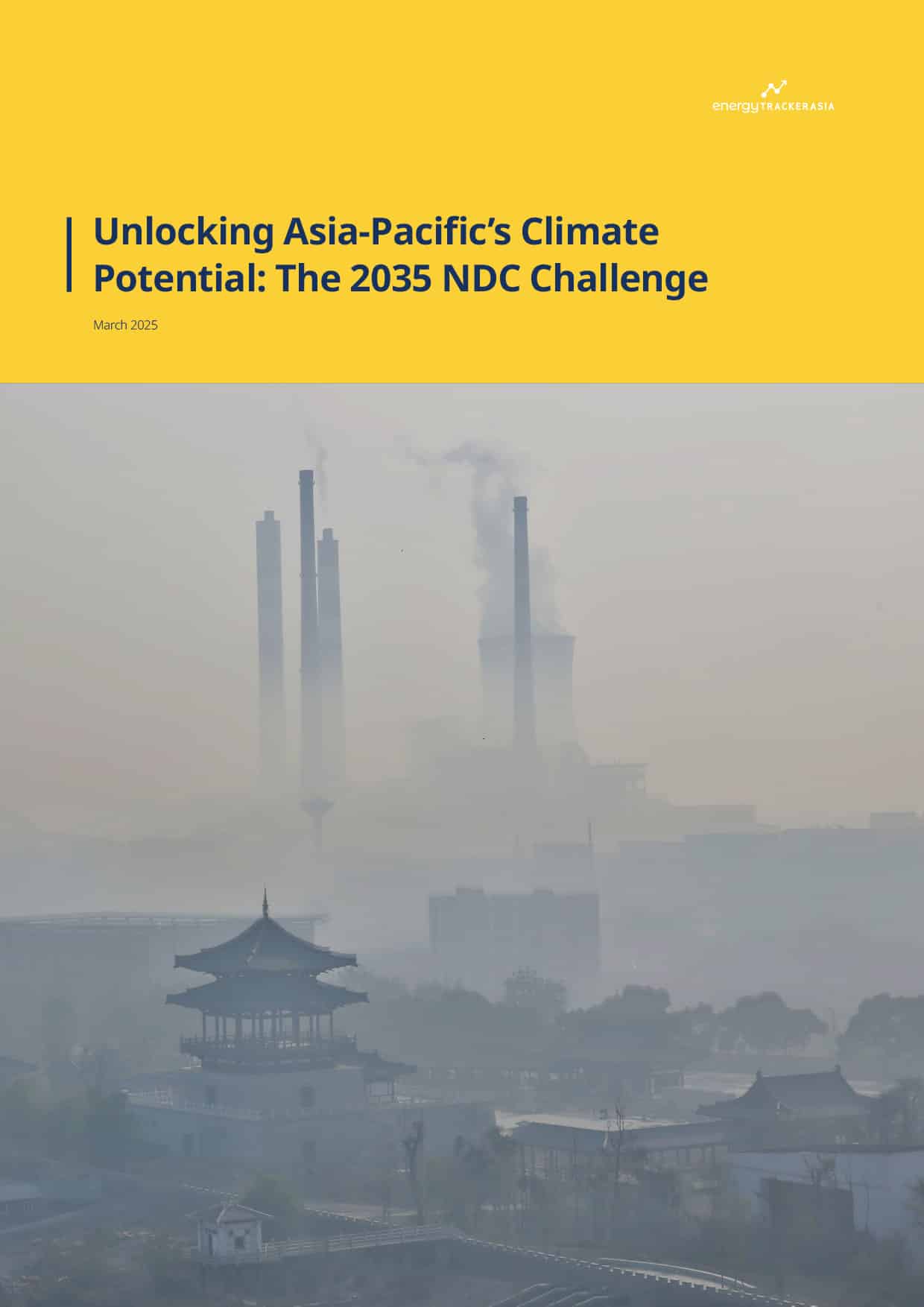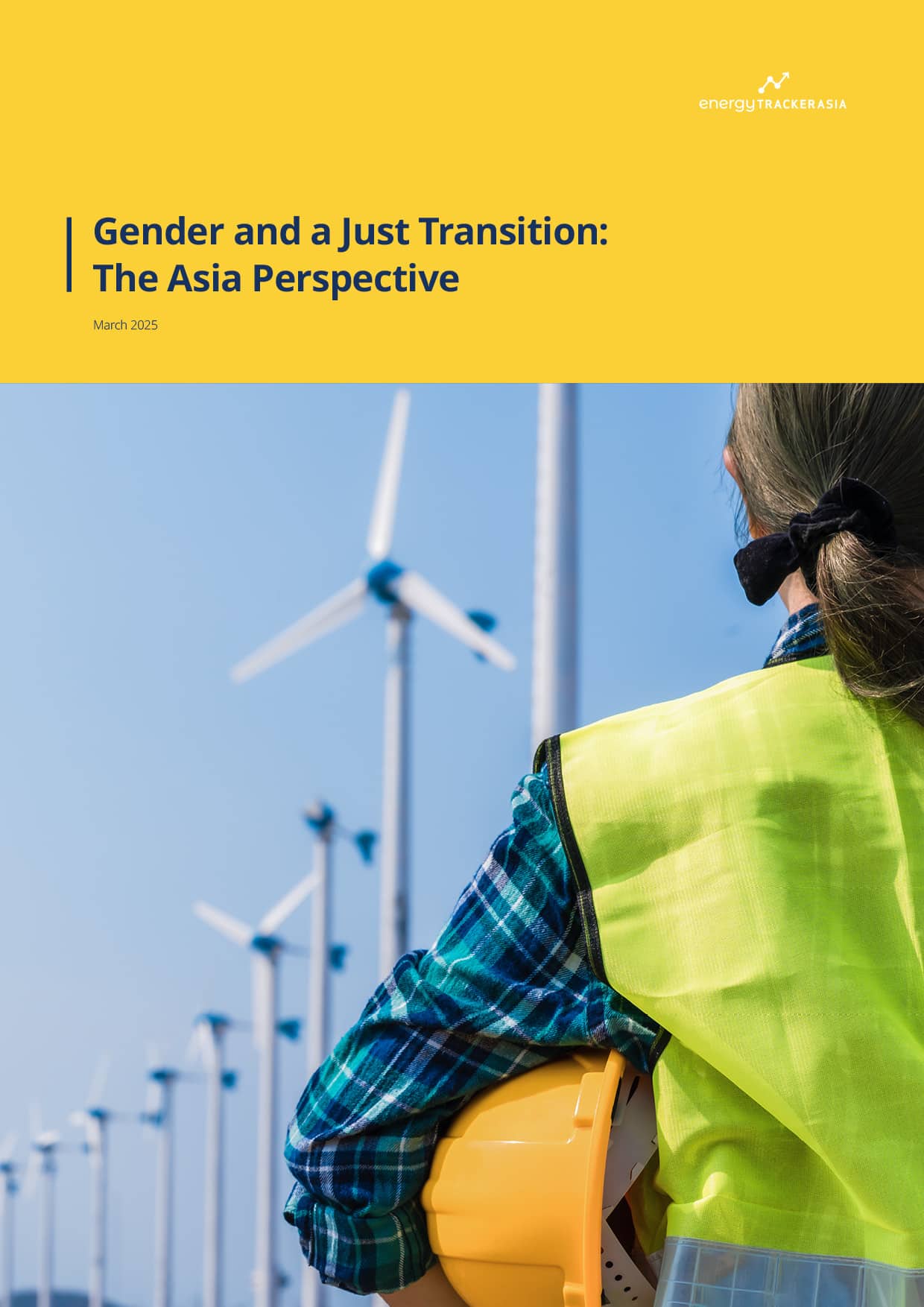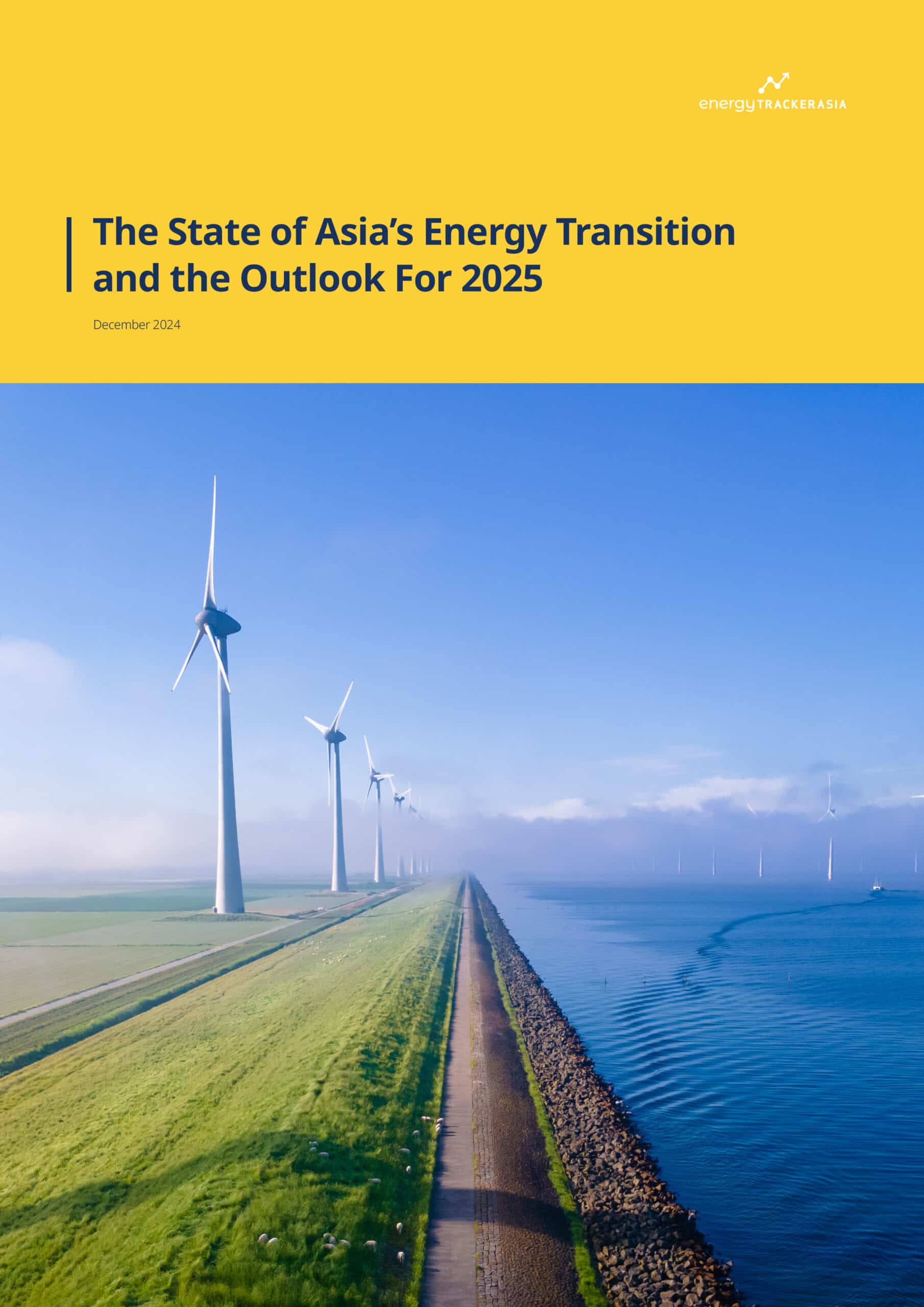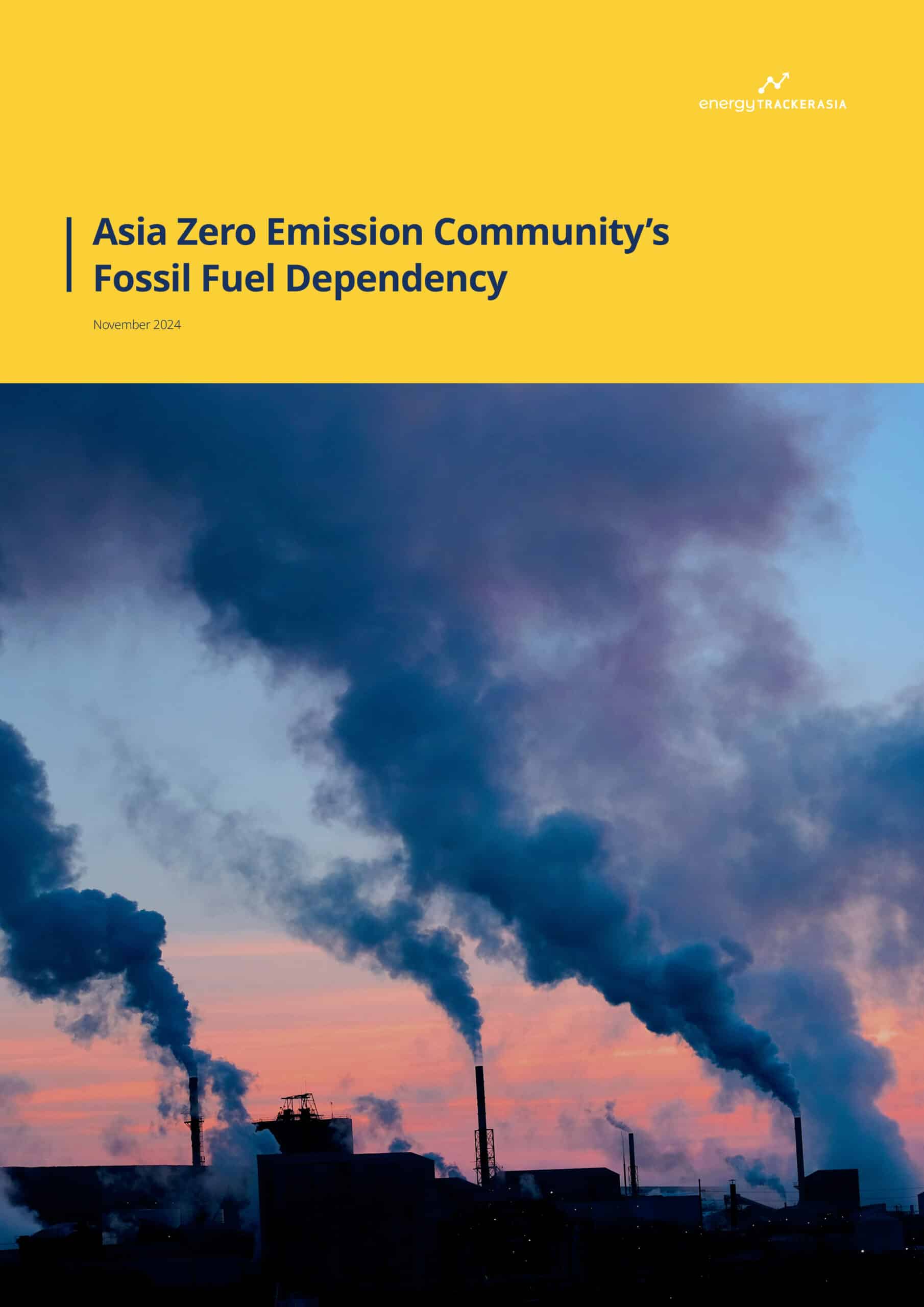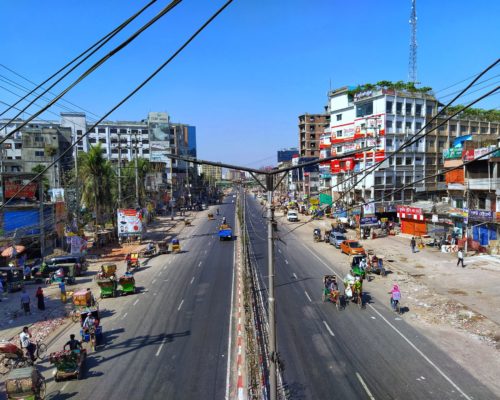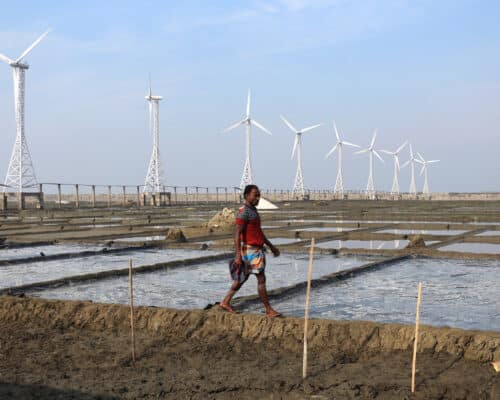Solar Energy in South Africa Powers Forward Despite Coal’s Hold
Source: Enel Green Power
23 July 2025 – by Eric Koons
Solar energy in South Africa is climbing fast, but it still makes up only a fraction of the country’s coal-dominated grid. In 2024, the country imported 3.8 GW of PV modules, the highest on the continent, which pushed the total installed capacity to almost 9 GW. Yet coal still accounted for around 200 TWh of electricity generation, more than four-fifths of all electricity, while solar only reached around 20 TWh.
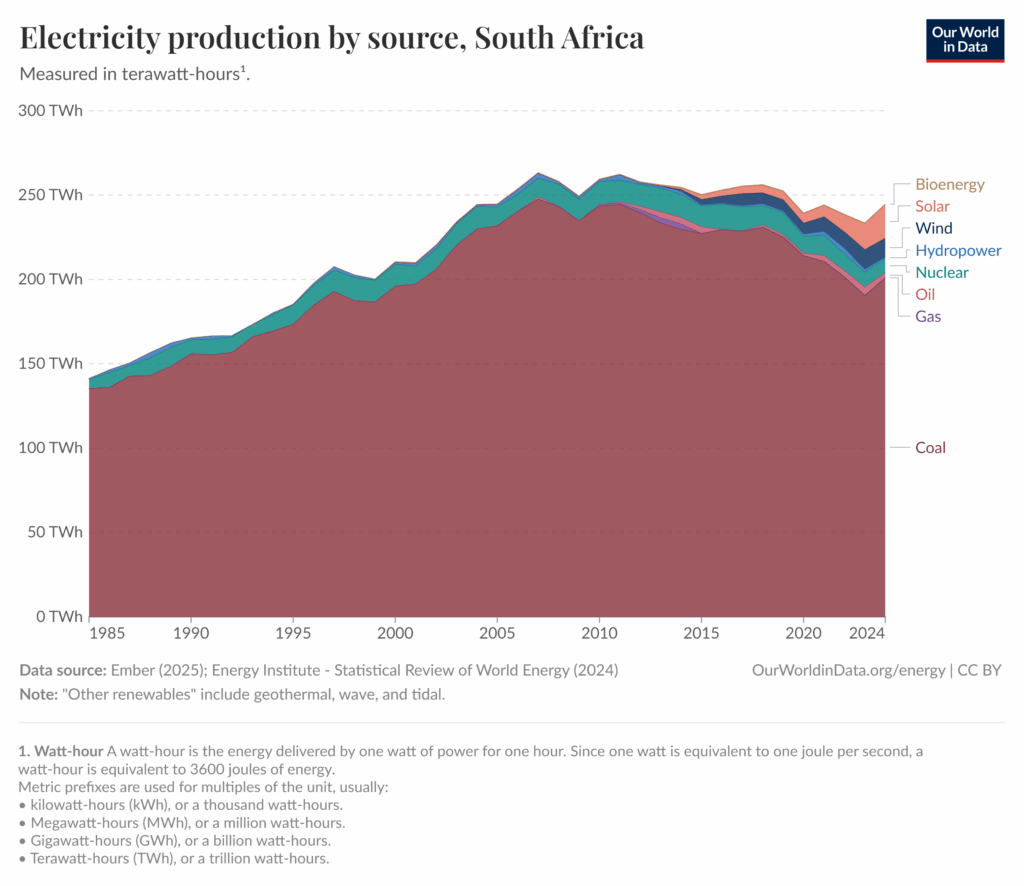
That tension between rapid solar growth and entrenched fossil dependence defines South Africa’s energy story in 2025.
South Africa’s Solar Energy Landscape in 2025
Solar accounts for 1.18% of the country’s total energy supply and 8% of its total electricity generation. This comes after adding 1.1 GW of new solar photovoltaic in 2024.
While solar capacity growth declined compared to 2023, which saw 2.6 GW come online, solar is expected to pick up again in the next few years. BloombergNEF expects annual additions to remain above 3 GW through at least 2026, as long as policy support is maintained. The country’s recent Just Energy Transition Partnership will further support this growth.
What’s Driving Growth?
The country’s heavy reliance on outdated coal power plants and ageing transmission infrastructure is leading to major load issues, as existing generation capacity can’t meet demand. This has resulted in a growing number of power cuts and unplanned blackouts. In 2023, the country experienced 91 days of blackouts.
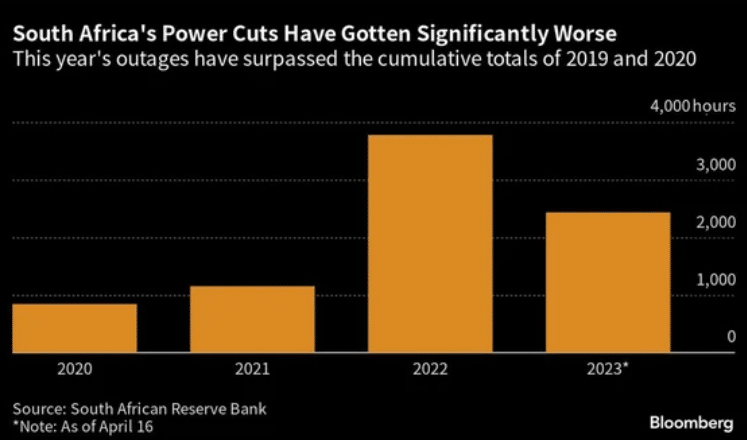
This energy uncertainty poses a significant economic burden, costing the country upwards of USD 50 million per day in the event of a blackout. As a result, the private sector is shifting towards distributed solar, which provides consistent power without relying on the grid.
At the same time, solar component prices are declining, which is reducing the levelised cost of energy (LCOE) of solar in the country. For example, the LCOE of solar is roughly half that of purchasing energy from the local fossil fuel-powered grid. Combined, this is encouraging consumers to opt for cheaper and more reliable solar energy in South Africa.
Utility-Scale Versus Distributed Solar Power in South Africa
Utility-Scale Momentum: REIPPPP
The government’s Renewable Energy Independent Power Producer Procurement Programme (REIPPPP) is the primary mechanism for permitting large private sector renewable energy projects that connect to the grid. Between its creation in 2011 until late 2024, 102 renewable energy projects had been permitted, with 90 already operational. This accounts for over 6 GW of capacity, with more than 40% coming from solar and the majority of the rest from wind power projects.
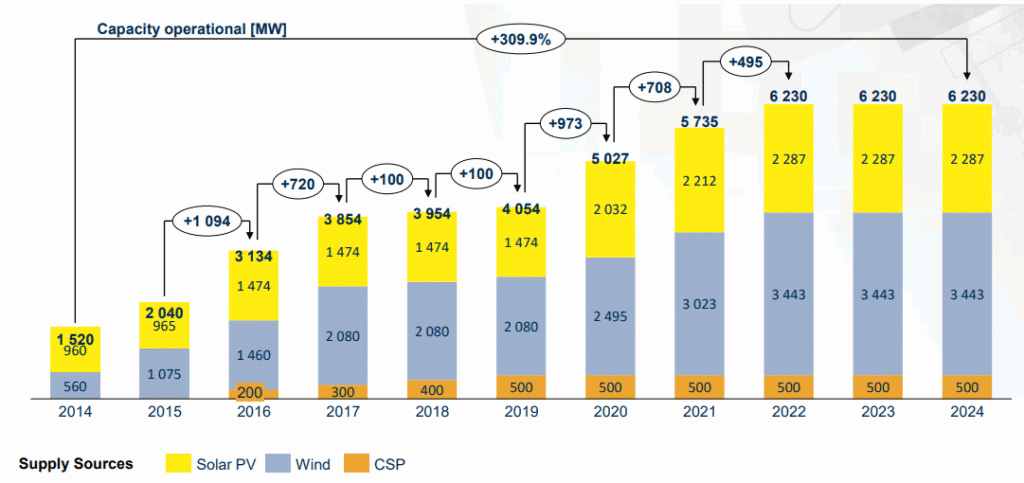
South Africa estimates that the program will facilitate over 20 GW of renewable energy development by 2030. This program is a major driver for public-private partnerships in the country and a way to incentivise foreign investment in its renewable energy transition.
The Distributed and Rooftop Solar Revolution
As discussed above, the country’s unstable energy grid and declining technology costs are driving the adoption of distributed solar energy. Additionally, the government is rolling out incentives to speed adoption.
A 2021 regulatory overhaul pushed the license threshold for embedded generation from 1 MW to 100 MW. This exempts private solar projects of up to 100 MW from licensing with the National Energy Regulator, thereby reducing the barrier to new development. Homeowners received a parallel boost when the National Treasury introduced a 25% rooftop solar tax rebate for panels purchased during the 2023-24 tax year.
Cape Town has gone further. Its “Cash-for-Power” program has already paid out more than USD 3 million to 1,840 small generators selling excess electricity back to the municipal grid. Officials predict that earnings could double by 2025.
Challenges on the Horizon
Grid capacity and ageing infrastructure are the biggest hurdles. Long-term underinvestment in grid maintenance is now one of the leading causes of technical failures in the existing grid. There is a USD 1.8 billion maintenance backlog that grows by over USD 100 million per year.
Furthermore, to accommodate new generation capacity, the public utility will need to develop 14,500 km of new high-voltage lines and 210 transformers by 2032. Finding the capital for these projects and ensuring the capital is allocated correctly is a priority for South Africa’s energy future.
Powering Past Coal: The Road Ahead for Renewable Energy in South Africa
Solar energy in South Africa now stands at roughly 9 GW and is already helping to cushion the grid. Analysts forecast up to 140,000 solar-sector jobs by 2030, indicating that the transition is both economic and environmental.
Yet, scaling from today’s 9 GW to its goal of installing 3-5 GW of renewable energy capacity per year until 2030 will require clearing the 14,000 km transmission bottleneck and unlocking cheaper capital. South Africa is on the right track, but it needs to continue implementing supportive policies to attract international investment to expedite new projects and grid strengthening.
by Eric Koons
Eric is a passionate environmental advocate that believes renewable energy is a key piece in meeting the world’s growing energy demands. He received an environmental science degree from the University of California and has worked to promote environmentally and socially sustainable practices since. Eric’s expertise extends across the environmental field, yet he maintains a strong focus on renewable energy. His work has been featured by leading environmental organizations, such as World Resources Institute and Hitachi ABB Power Grids.
Read more